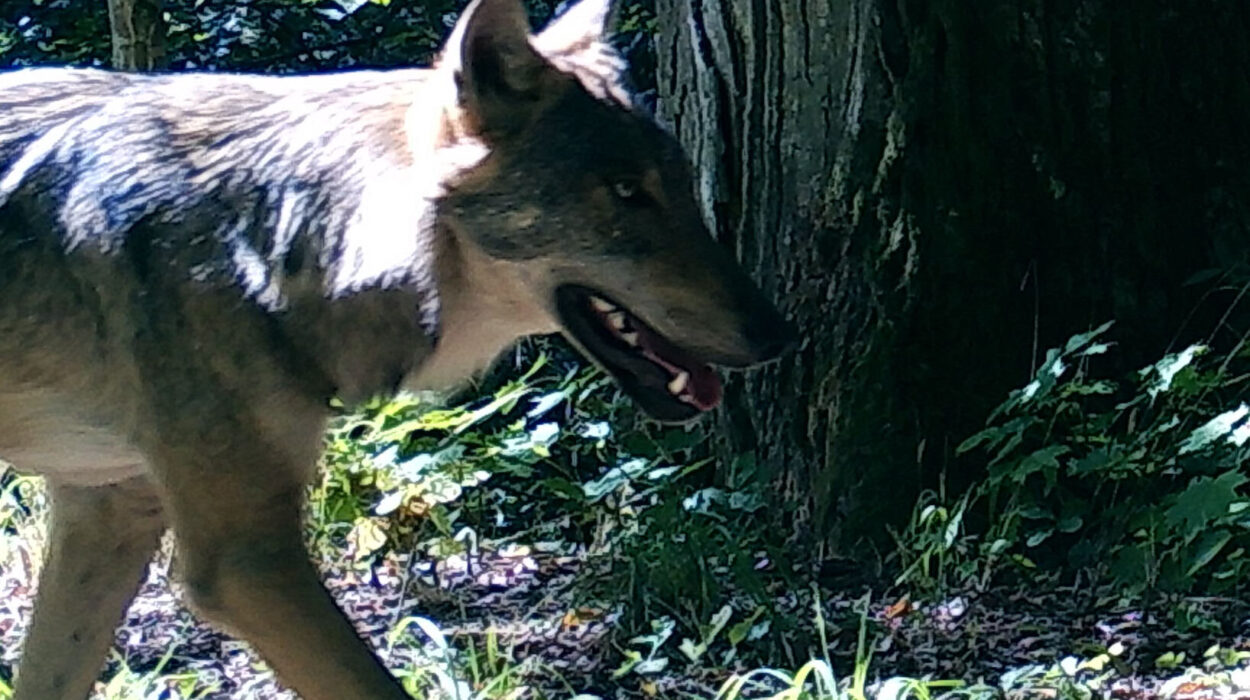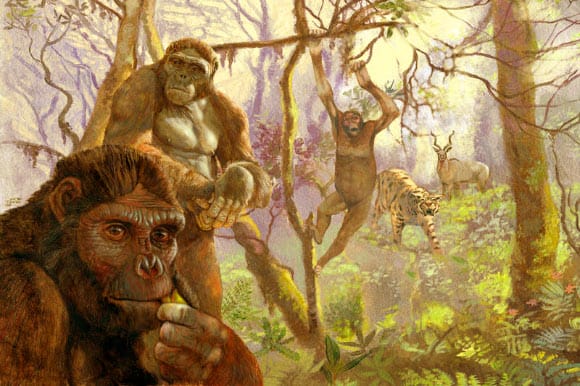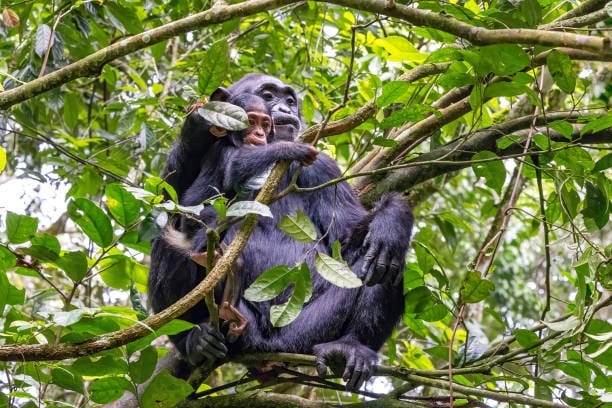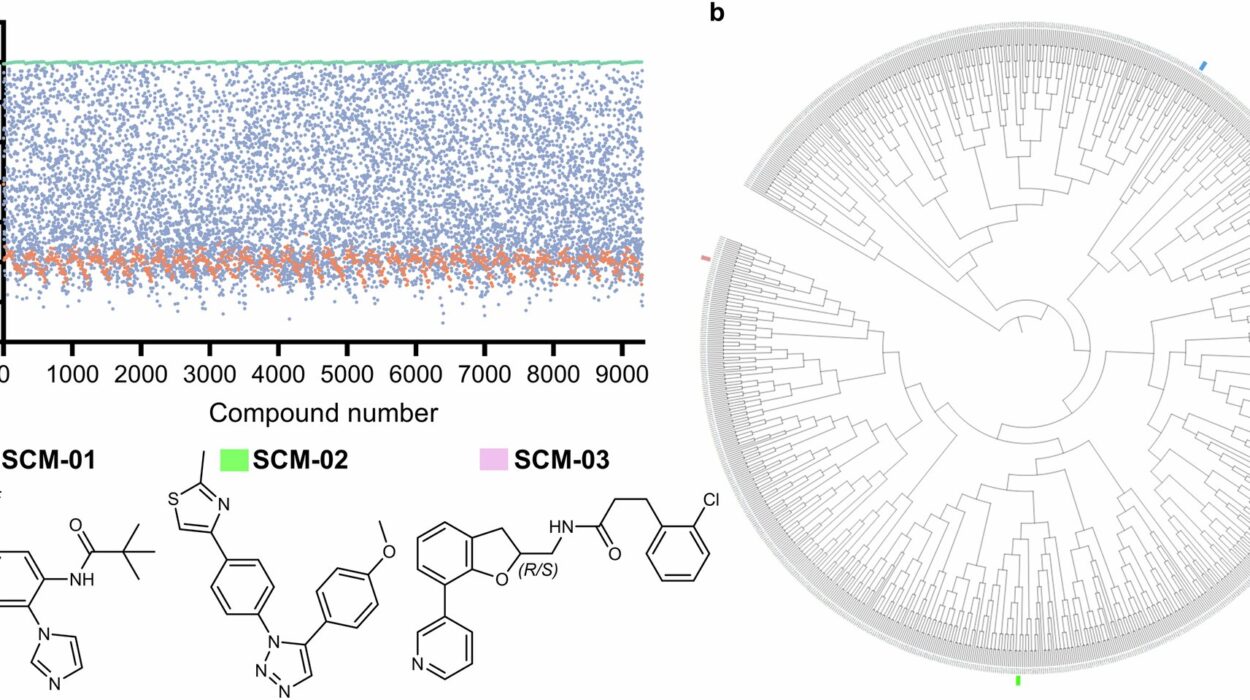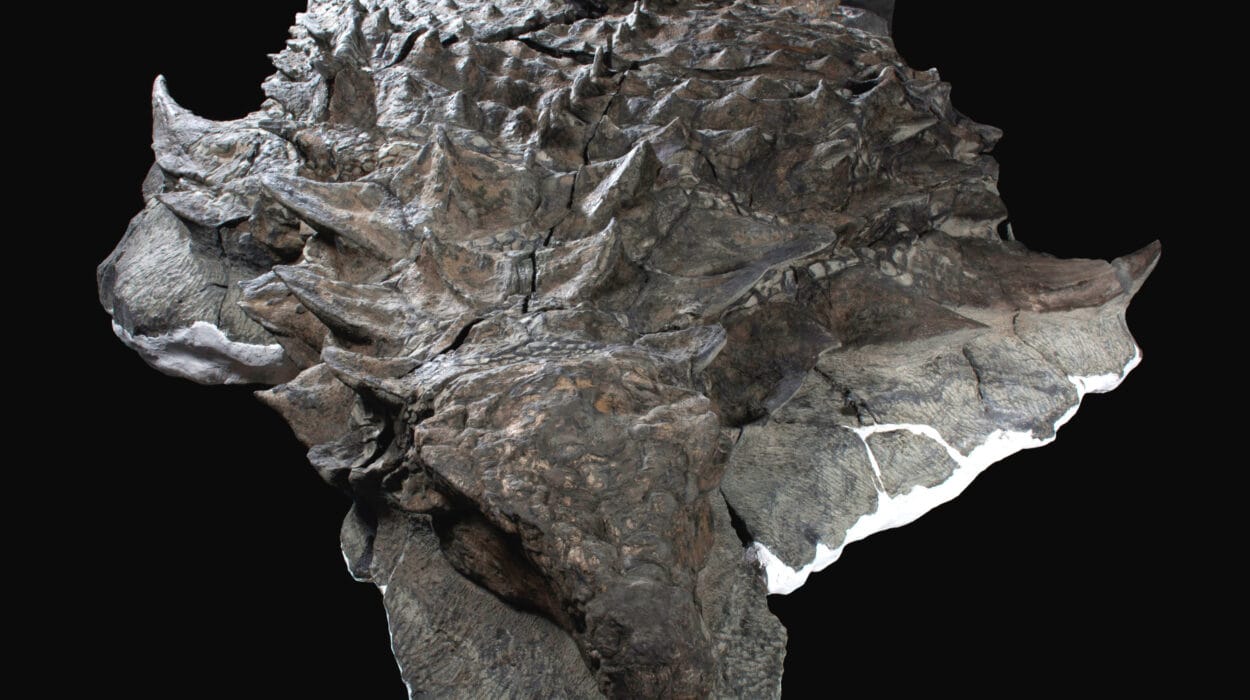A team of natural scientists, musculoskeletal specialists, and evolutionary biologists from the U.K., along with a colleague from the Netherlands, recently conducted a fascinating study to explore the running capabilities of Lucy, one of the most famous early hominins. Their findings, published in the journal Current Biology, suggest that Lucy could run upright, but her speed and endurance were far behind those of modern humans.
Lucy, whose skeletal remains were discovered in Ethiopia during the 1970s, has long been a central figure in the story of human evolution. Her well-preserved bones and her classification as a member of Australopithecus afarensis have provided invaluable insights into the transition from ape-like ancestors to modern humans. Lucy lived approximately 3.2 million years ago, within a time frame of 2.9 to 3.9 million years ago when her species roamed the Earth. This study aimed to delve deeper into her locomotion capabilities, focusing on whether she could run upright and how her speed compared to that of modern humans.
The researchers used an advanced simulator to analyze Lucy’s locomotion. Over time, this simulator has been refined to study the movement of various animals, including humans. For this experiment, Lucy’s skeleton was digitally reconstructed, and muscular features resembling those of modern apes were added to provide a complete picture of her physical capabilities. The goal was to simulate her movements and determine whether she could run on two legs and, if so, how efficiently she could do it.
The results of the simulation were both intriguing and illuminating. The team found that Lucy could indeed run upright. However, her running mechanics differed significantly from those of modern humans. Notably, Lucy lacked some of the critical adaptations that contribute to efficient running in humans, such as a long Achilles tendon and shorter leg muscle fibers. These features are essential for storing and releasing energy, enabling humans to run faster and for longer distances.
Despite these limitations, Lucy was capable of reaching a top speed of about 5 meters per second. In contrast, the average top speed for modern humans is approximately 8 meters per second. Even when the researchers adjusted Lucy’s simulated muscles to resemble those of modern humans, her running speed remained considerably slower. This suggests that her skeletal structure, rather than just her musculature, played a significant role in limiting her speed.
The researchers also examined energy expenditure during running. They modified Lucy’s model to include human-like ankle muscles to assess how efficiently she could use energy while running. The results showed that her energy expenditure was similar to other animals of her size, but running would have been significantly more taxing for her than for modern humans. This suggests that while Lucy could run, it likely was not her primary mode of locomotion and was probably reserved for situations of necessity, such as escaping predators or covering short distances quickly.
One of the most critical takeaways from this study is how it highlights the evolutionary adaptations that have made humans exceptional runners. The Achilles tendon, for example, serves as an energy-saving spring, allowing modern humans to run longer distances with less effort. Similarly, shorter muscle fibers in the legs enhance endurance by improving the efficiency of energy use during prolonged running. Lucy’s lack of these features underscores the evolutionary journey that eventually led to the running capabilities we see in humans today.
The researchers suggest that these adaptations likely played a pivotal role in early human survival. As hominins evolved, the ability to run farther and more efficiently would have been advantageous for hunting, gathering, and escaping danger. Over time, these capabilities may have shaped the development of the human body, from the structure of the skeleton to the composition of muscles.
Lucy’s story continues to captivate scientists and the public alike, serving as a bridge between our distant past and the present. This study not only sheds light on her physical abilities but also provides a glimpse into the evolutionary pressures that shaped the human lineage. By understanding Lucy’s limitations and capabilities, researchers can better appreciate the complex processes that have allowed humans to thrive as highly mobile and adaptive creatures.
The findings of this study also emphasize the importance of advanced technology in the field of anthropology. Simulations like the one used in this research enable scientists to reconstruct and analyze aspects of ancient life that would otherwise remain unknown. As technology continues to advance, it promises to unlock even more secrets about our ancestors and the evolutionary journey that brought us to where we are today.
Reference: Karl T. Bates et al, Running performance in Australopithecus afarensis, Current Biology (2024). DOI: 10.1016/j.cub.2024.11.025


